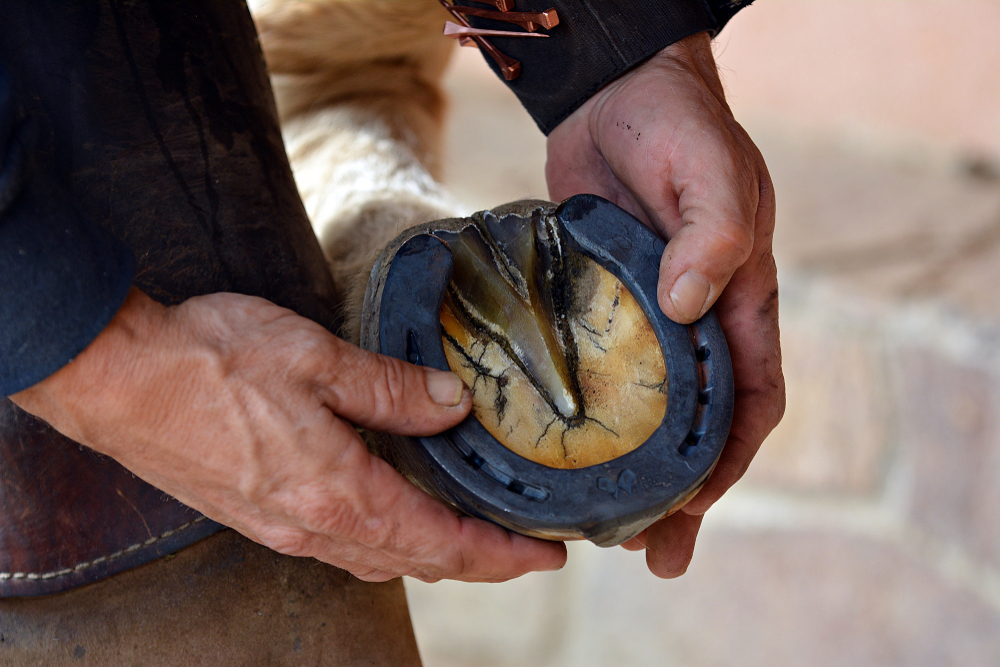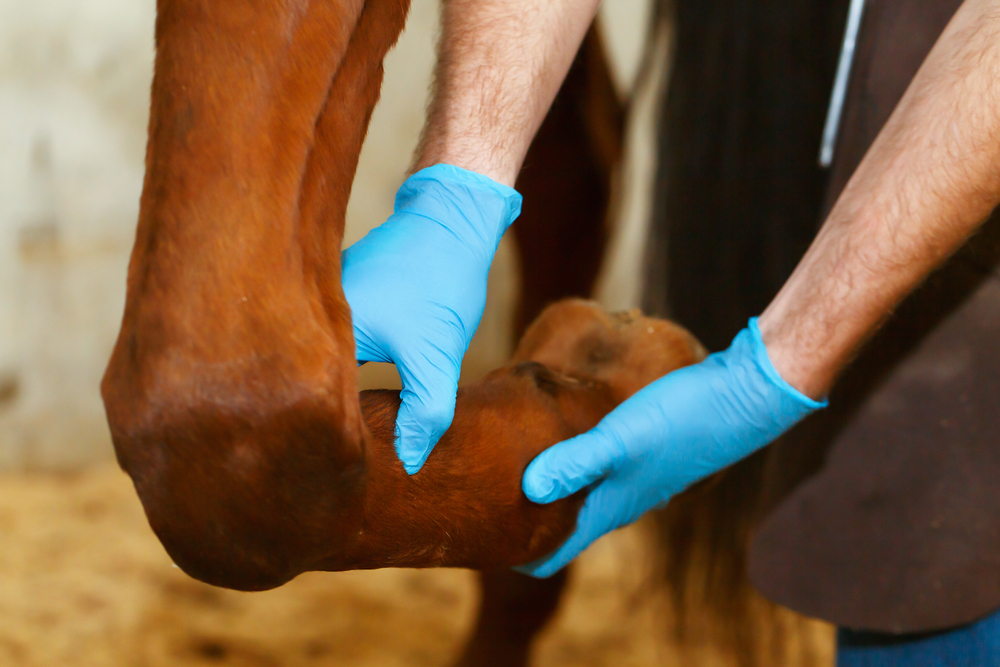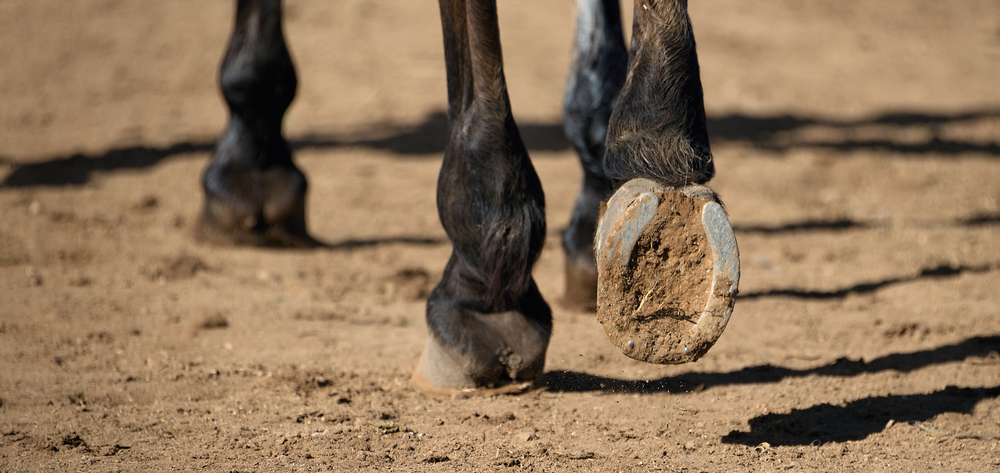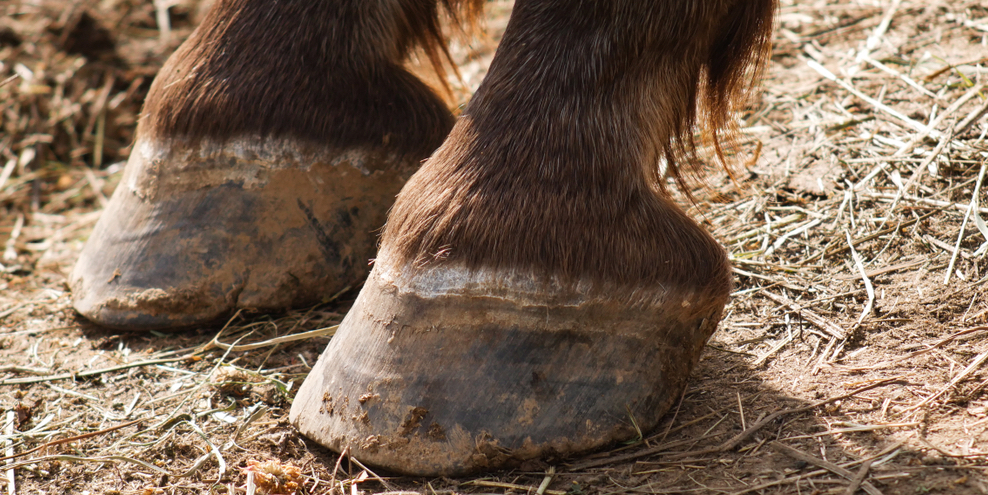
Managing Mud and Moisture: Preventing Hoof Issues in Horses
Common Hoof Problems Caused by Wet Conditions
1. Thrush
Thrush is one of the most common hoof issues in horses exposed to excessive moisture. This bacterial infection affects the frog, producing a foul odor and a black, tar-like discharge. If untreated, thrush can penetrate deeper into the hoof, causing pain and lameness.
Prevention Tips:
• Clean hooves daily to remove mud, debris, and manure.
• Ensure proper hoof trimming to promote healthy frog development.
• Use antimicrobial hoof treatments to prevent bacteria buildup.
2. White Line Disease
White line disease occurs when bacteria or fungi invade the inner hoof wall, often due to prolonged exposure to damp conditions. It weakens the hoof structure, leading to cracks, separation, and lameness.
Prevention Tips:
• Schedule regular hoof inspections to detect early signs of damage.
• Keep hooves dry and well-trimmed.
• Apply hoof sealants to protect against moisture infiltration.
3. Abscesses
Wet, muddy environments soften the hoof and make it more susceptible to punctures and bacterial entry, which can lead to painful abscesses. Abscesses cause inflammation and severe pain, often requiring professional drainage and treatment.
Prevention Tips:
• Provide clean, dry turnout areas whenever possible.
• Check hooves for small cracks or punctures regularly.
• Avoid prolonged exposure to standing water or deep mud.

Essential Hoof Care Practices During Wet Weather
Daily Cleaning and Inspection
Clean your horse’s hooves daily, paying extra attention to the frog and sole. Look for any signs of thrush, cracks, or soft spots. Early detection can prevent minor issues from becoming serious infections.
Proper Trimming and Shoeing
Regular trimming by a qualified farrier ensures that hooves maintain their natural shape and drainage, minimizing the risk of moisture retention. For horses prone to hoof problems, specialized shoeing or protective hoof boots may be beneficial during the wet season.
Manage Turnout Conditions
If possible, rotate pastures and provide a dry area for your horse to stand. Gravel, sand, or rubber mats in high-traffic areas can reduce mud buildup. Avoid overcrowding to minimize hoof damage and bacterial spread.
Use Hoof Sealants and Topical Treatments
Sealants help create a barrier against moisture while antimicrobial treatments protect against bacterial and fungal growth. Apply these products as part of your regular hoof care routine during rainy months.
Signs Your Horse May Have a Hoof Infection
– Foul-smelling discharge from the frog
– Sensitivity or pain when pressure is applied to the hoof
– Lameness or reluctance to bear weight
– Visible cracks or separation in the hoof wall








